Why Sour Cherry Soup Matters in Hungary
34 min read Explore Hungary’s beloved sour cherry soup—its summer roots, seasonal rituals, and sweet-tart flavors carrying memory, hospitality, and identity from countryside kitchens to contemporary Budapest tables. October 13, 2025 18:07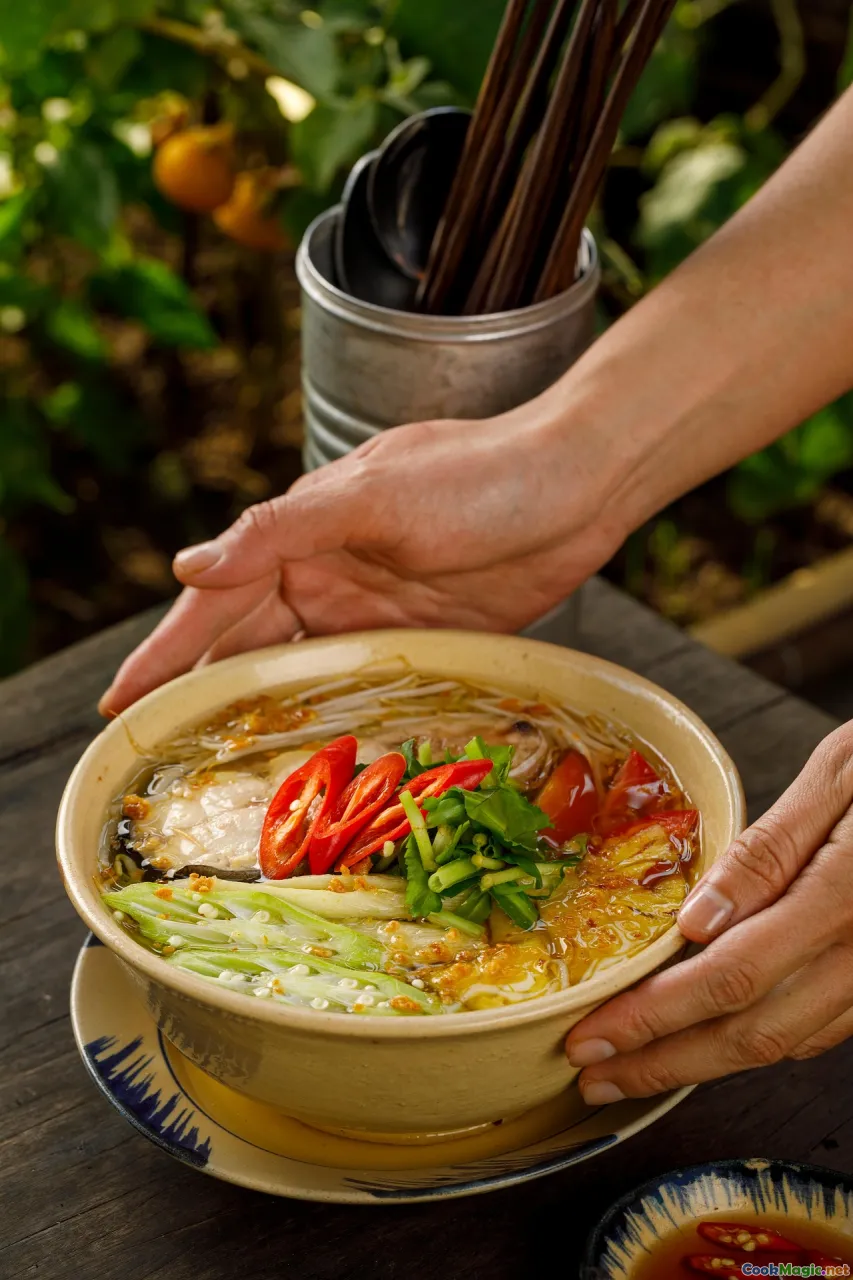
The first time I understood why sour cherry soup matters in Hungary, it wasn’t a dish, it was a doorway. The apartment door creaked open to a hallway perfumed with cinnamon and soft almondy notes—the aroma that blossoms when sour cherry pits warm in a simmering pot. Heat shivered in the air, the kind that makes midday in Budapest feel thick and slow. On the kitchen table an enamel bowl fogged from the outside in, freckles of condensation catching the light, and inside it the color of a Magenta filter—cool, prismatic, not quite red and not quite purple. A silver spoon cracked the surface, and the soup—hideg meggyleves—caught the light like silk. Even before the first sip, you can taste the place.
The Cherry-Scented Threshold

Hungary’s summer kitchens know this perfume. August is the season of meggy, sour cherries whose flesh blushes with an edge of lemony brightness, a bone-deep tartness that refuses to behave like dessert. You’d expect something sweet and frivolous from the color, like a carnival treat. Instead, you get a soup whose flavor school is grown-up: bright acid that wakes up the tongue, spice that drifts like a fan, dairy that rounds the edges without smothering them. It’s cool and silken, but it bites back, and that bite is what makes it belong on a Hungarian table.
In many Hungarian homes, lunch is a symphony in three movements: leves (soup), főétel (main), and a sweet finish. Sour cherry soup plays a mischievous role here. It lands in the soup slot, bright and playful, but it’s a trickster—it could be dessert if it wanted to. Hungarians embrace that ambiguity with a shrug and a spoonful of whipped cream. Old-school restaurants may garnish it with a rosette, and you’ll see children—and secretly, their parents—stir in extra sugar at the table. Yet what lingers, long after the sweetness, is the memory of its gentle acidity and the spice, like whispered history.
What Is Hideg Meggyleves, Really?
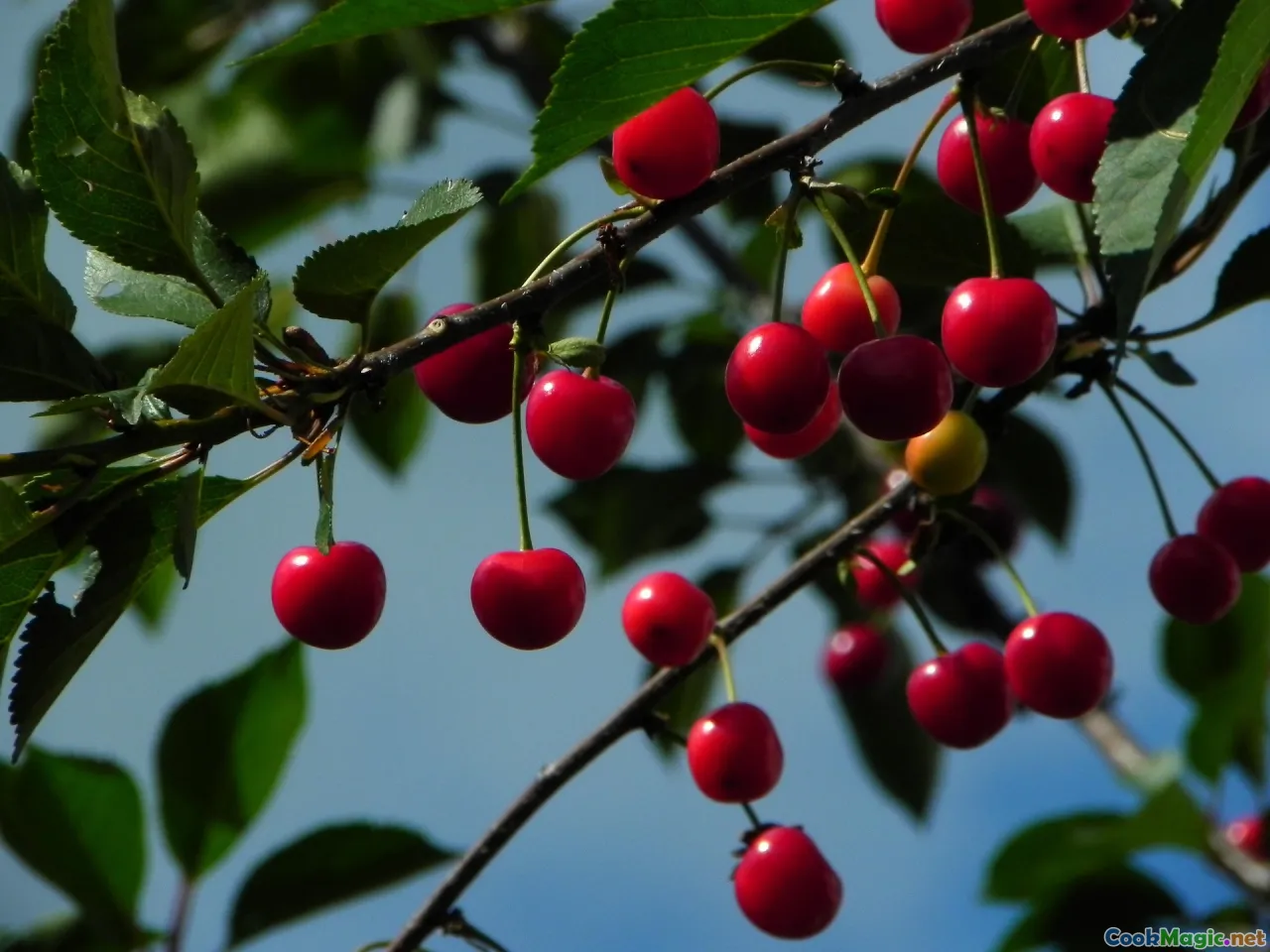
Hideg meggyleves literally means “cold sour cherry soup.” It’s a chilled fruit soup built from a simple idea—ripe sour cherries, sugar, and cream or sour cream—made complex through seasoning and technique. The typical framework looks something like this:
- Fruit: sour cherries (meggy), pitted, sometimes left in halves, sometimes softened and partially blended.
- Liquid: water or a light stock made complex by the cherries themselves; occasionally a splash of dry red or white wine.
- Sugar: enough to soften the fruit’s acidity without canceling it.
- Acid: lemon juice or zest to keep the flavor vivid and the color precise.
- Spice: a cinnamon stick, a few whole cloves. Some cooks tie a handful of cherry pits in cheesecloth to lend almond perfume.
- Dairy: finish with heavy cream or sour cream (tejföl) for velvety body.
- Thickener: a whisper-thin slurry of potato starch or cornstarch to give the soup a satiny cling.
Served properly chilled—but not icy—it should register as cool velvet on the lips, then slowly expand into something more dimensional: the tartness spreads, the cream lingers, and somewhere near the back of the tongue, the spice leans in. A good bowl of meggyleves feels like a summer breeze hitting the skin after you step out from the shade.
From Monastic Orchards to Market Stalls: A Brief History of Meggy
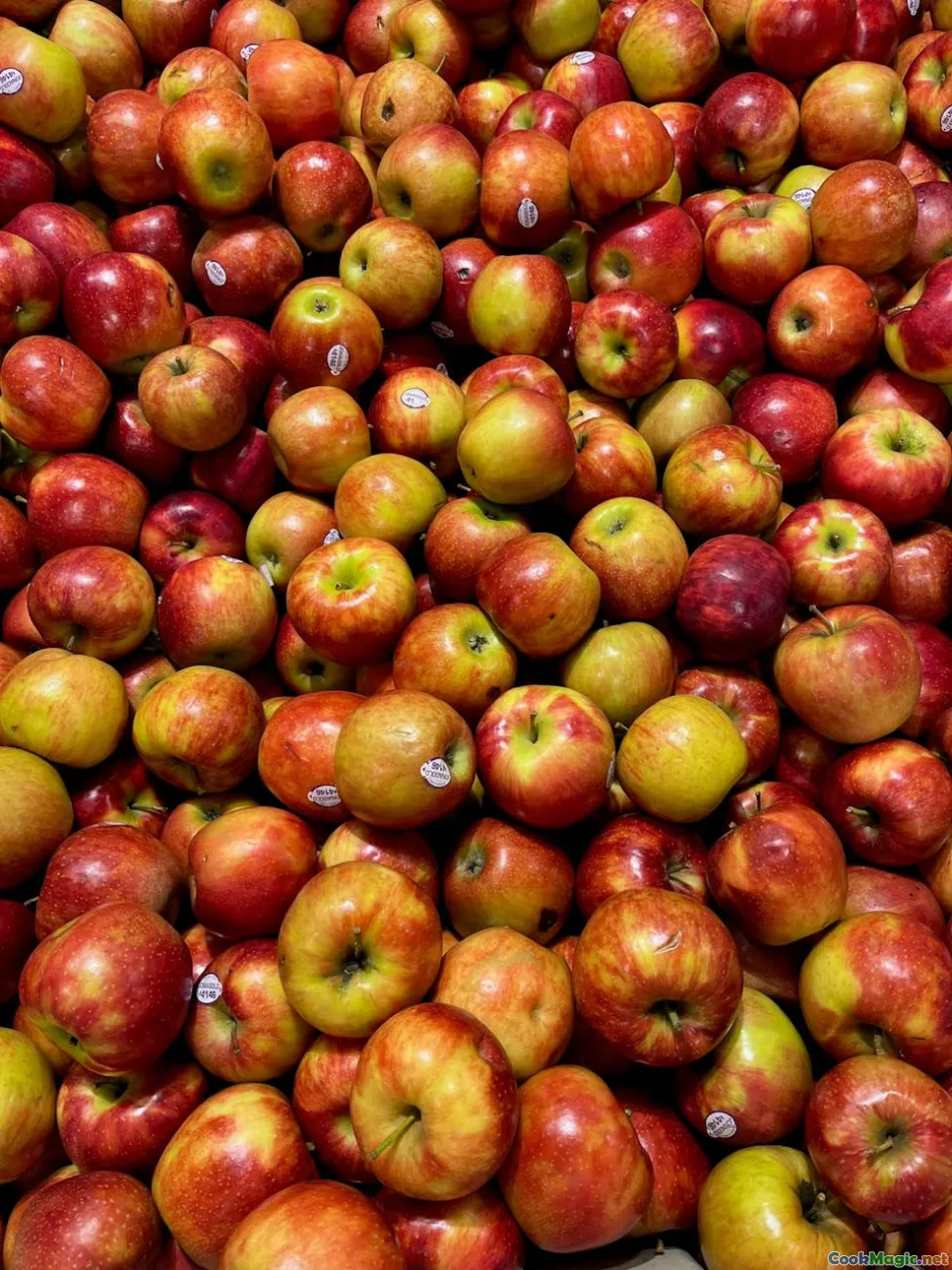
Sour cherries have kept time in the Carpathian Basin for centuries. Monastic chronicles and estate records from the medieval Kingdom of Hungary mention wild cherries and their cultivation; by the 18th and 19th centuries, orchard culture had matured into an economy. Meggy took to the region’s soils and microclimates with the persistence of a native. Towns like Újfehértó and Debrecen became synonymous with abundant orchards. If you want to taste the country’s self-image in cherry form, seek out Újfehértói fürtös—clusters that blush crimson and gloss into almost black—a variety so esteemed it carries EU PGI status. There’s Pándy meggy, too, a storied cultivar with a plummy depth and polished acidity beloved by grandmothers and pastry chefs.
Hungarian language itself makes the distinction that defines the soup: cseresznye are sweet cherries, summer’s candy; meggy are sour cherries, chef’s fruit. Meggy’s high acidity is a gift. It takes heat elegantly, it can carry spice and dairy without flabbiness, and its color survives simmering with pride. This is the reason meggy is the beating heart of so many Hungarian sweets and sauces: meggyes rétes (sour cherry strudel) that shatters under powdered sugar, cocoa-rich meggyes pite (tray cake) studded with crimson jewels, and meggylekvár, a jam that makes December taste like July. There’s even meggypálinka, the cherry brandy that smells like a summer orchard at midnight.
Fruit soups have long been a summer tradition across Central and Northern Europe, but in Hungary they’ve formalized into the lunch canon. In the age before refrigeration, summer kitchens kept cooking minimal and hydration maximal. Cold fruit soups offered refreshment and calories without labouring over flame. Women would pull jars of meggy befőtt—the preserved fruit in syrup put up in June and July—from cellar shelves and transform them into soup when the weather demanded cold bowls. In many family histories, meggyleves is as much about the jarred summer hoard as about the fresh harvest.
The Anatomy of a Bowl: Taste, Texture, and Temperature

A memorable meggyleves announces itself with color first: luminous, somewhere between garnet and neon. The sheen should be taut and satiny, like a silk scarf pulled smooth. If it looks dull or gray, the clove count is probably too high, the dairy curdled, or the acid wrong. One of the peculiar pleasures of the soup is visual: the way cherries bob like glass marbles, the way a streak of white sour cream leaves comet tails when you stir it in.
The taste should start sharply, but not harshly—think of polished acidity, like a bright young wine. Sugar should be present but never sticky. Clove should show up like a background singer; if clove walks out on stage and starts pirouetting, you’ve overdone it. Cinnamon takes the lead, but in a subtle baton-tap way.
Texture matters. The soup is not a smoothie—no foam, no thickness that gums up the spoon. It’s a sip-and-swallow situation with enough body to coat the palate lightly. If starch is used, it should be invisible; potato starch, if handled gently, lends gloss without grain.
Temperature is the last crucial axis. Serve meggyleves too cold and you lose the aroma, politer by degree. Serve it too warm and you’re in compote territory. The sweet spot is around 8–10°C (46–50°F), the same zone where the cinnamon is audible but the cream hasn’t turned mute.
How to Make Classic Hungarian Sour Cherry Soup at Home
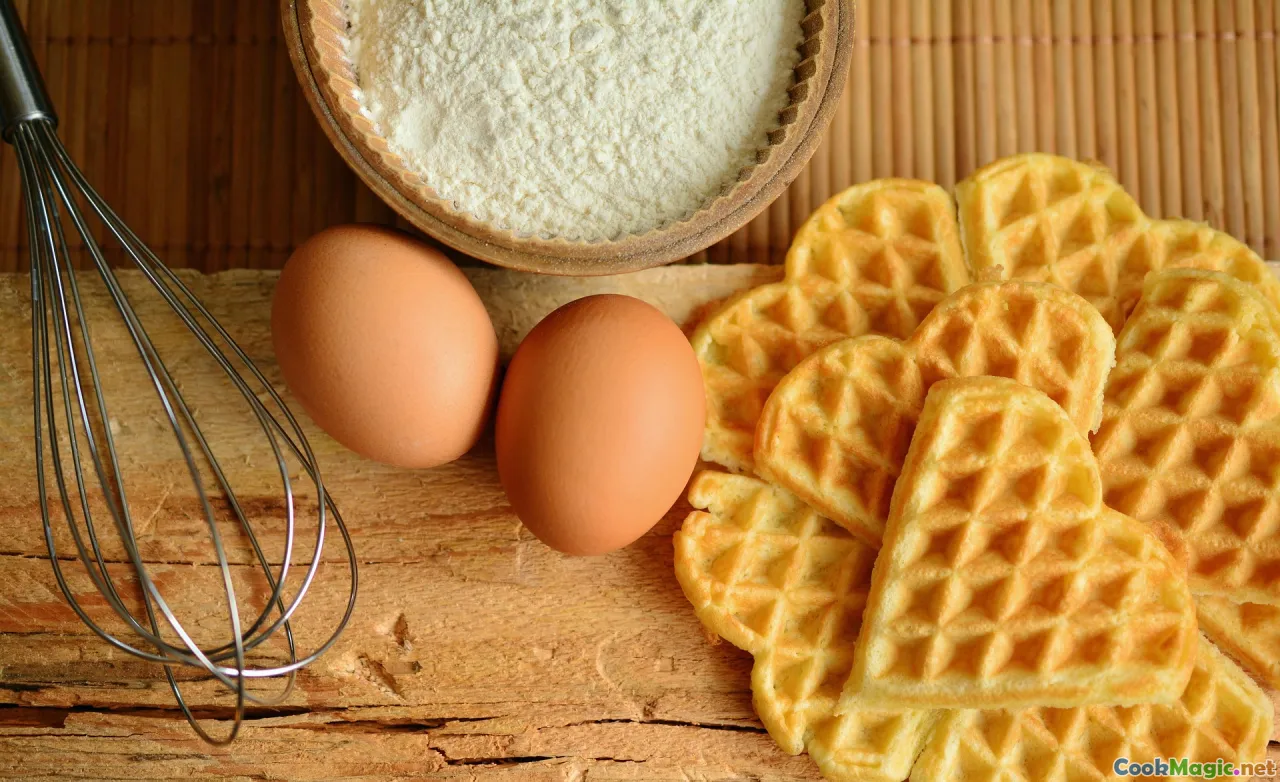
Here is a cook’s version that respects tradition while leaning on a few professional habits.
Serves 6–8
Ingredients
- 1 kg sour cherries (fresh if in season; otherwise, 2 jars of meggy befőtt, drained and syrup reserved)
- 150–200 g sugar (adjust based on fruit and whether using jarred syrup)
- 750 ml water (or 500 ml water + 250 ml light dry white wine; a Balaton Olaszrizling works beautifully)
- 1 cinnamon stick (6–8 cm)
- 3–4 whole cloves
- 1 strip lemon peel (about 6 cm) plus 1–2 tbsp lemon juice
- Pinch of salt
- 200 ml heavy cream or 200 g full-fat sour cream (tejföl), or a blend
- 1.5 tbsp potato starch (or cornstarch), dissolved in 3 tbsp cold water
- Optional: 1 tsp vanilla sugar; a small sachet of a few cracked cherry pits tied in cheesecloth; a splash of dry red wine (Egri Bikavér) for a darker profile
Method
- Pit and macerate
- Pit the cherries over a bowl to catch juice. If fresh, toss with half the sugar (75–100 g) and a pinch of salt; let sit 20–30 minutes. This softens the fruit and draws ruby juice.
- Build the base
- In a pot, combine water (and wine, if using), remaining sugar, cinnamon, cloves, lemon peel, and any collected cherry juice. Bring to a gentle simmer and cook 5 minutes to extract spice.
- Add the cherries. If using jarred cherries, add about half their reserved syrup now; hold back the rest to adjust sweetness later.
- Simmer gently
- Cook at the laziest simmer—barely a bubble—for 5–8 minutes. You want the cherries softened but not slumped into mush; their skins should be intact, their hearts tender.
- Remove the spice and lemon peel. If using the cherry pit sachet, fish it out too.
- Thicken with a whisper
- Stir the potato starch slurry to recombine. Off the heat, drizzle the slurry into the soup while whisking, then return to a low flame and stir until the liquid barely thickens and shines—about 30–60 seconds. Do not boil; starch gels then thins if overcooked.
- Temper the dairy
- If using sour cream, whisk it in a bowl with a ladleful of warm soup to temper, then return that mixture to the pot, whisking gently. If using heavy cream, you can pour it in directly off heat.
- Add lemon juice to brighten. Taste for balance—this is where a cautious splash of reserved syrup can round the edges if you need more sweetness.
- Chill and serve
- Pour into a glass or ceramic bowl; don’t rush it into the fridge hot. Let it cool to room temperature first, then chill 2–3 hours until well-cold but not icy.
- Serve with a spoonful of lightly whipped cream, curls of lemon zest, or a few slivered toasted almonds. Some families add tiny semolina dumplings (grízgaluska) for texture; it’s a friendly detour.
Pro tips
- Don’t over-clove. A single clove goes a long way; three is the ceiling.
- If the color dulls, a dash more lemon wakes it up. If it tastes thin, a half teaspoon of sugar—and time—can fix it; sweetness blooms as the soup chills.
- Cherry pitting stains. Wear an apron and work near the sink. The juice lifts from skin with a rub of lemon.
Technique Clinic: Color, Cream, and the Science of Balance
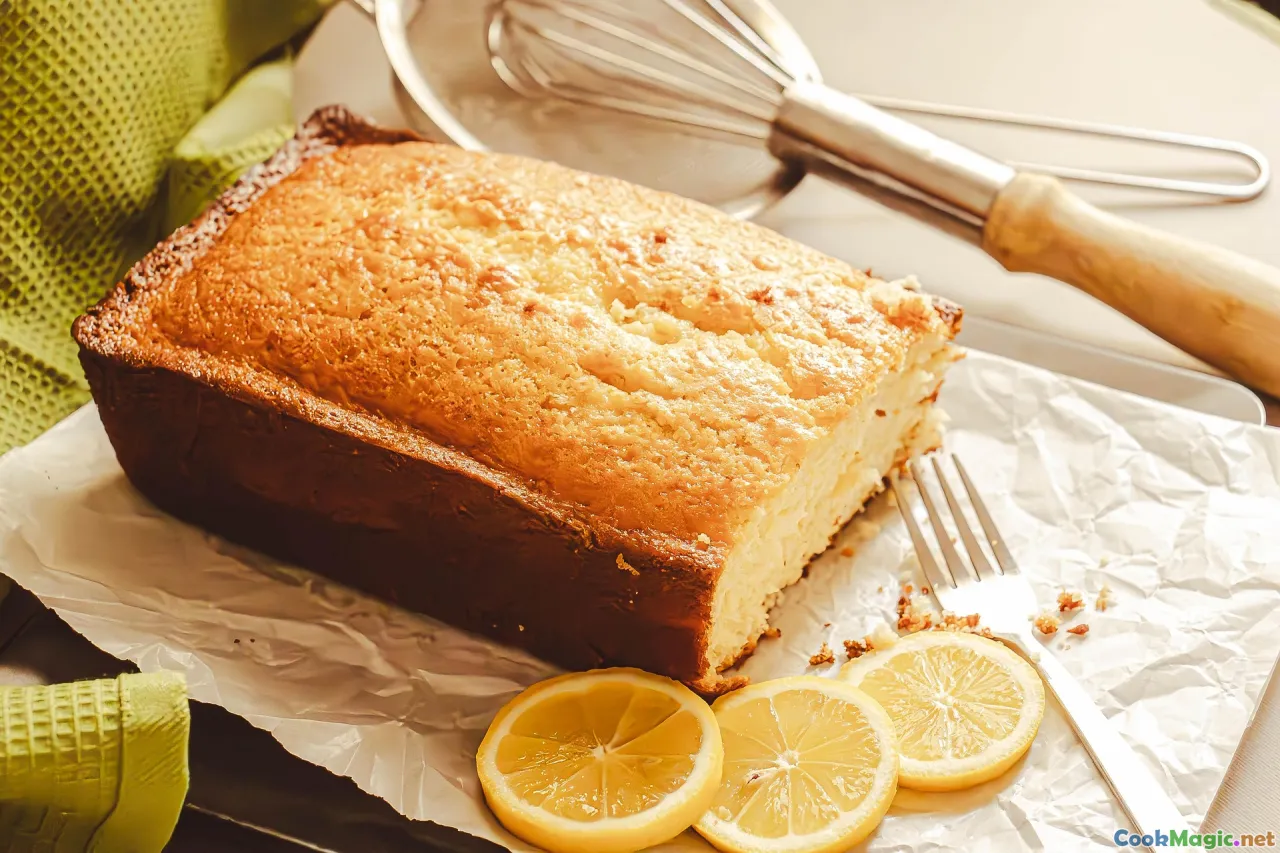
Meggyleves looks simple, but it’s a tightrope walk. You’re balancing acid and sugar, heat and dairy, anthocyanins and time.
-
Anthocyanins and color: The red-purple pigment in sour cherries shines brightest in a slightly acidic environment. Lemon juice doesn’t just lift flavor; it keeps the soup’s color from veering brown. If your soup looks muddy, check pH with a small splash of lemon.
-
Dairy and curdle risk: Sour cream is the most Hungarian finish, but its proteins can seize if shocked by heat or acid. Tempering is non-negotiable. Also, don’t let the soup bubble after the sour cream goes in; it should be just warm enough to melt the dairy smoothly.
-
Potato starch vs. cornstarch: Potato starch gives a clearer gel and glossier sheen at lower temperatures. Cornstarch tolerates a hair more heat but can taste chalky. Use just enough for a nappe texture; this is a soup, not pudding.
-
Spice discipline: Cinnamon is a bass note; clove is a cymbal you tap once. A single cardamom pod can be interesting, but it tilts the soup out of Hungarian and into a fusion zone. Star anise, ubiquitous in Western adaptations, jars with the cherry.
-
Wine choices: A splash of dry white wine adds air and brightness; a touch of lean red adds duskiness and tannic pucker. Keep it subtle. Think of wine as a shadow, not a spotlight.
-
Cherry pits: Crack a few pits lightly and tie them into a cheesecloth sachet, then simmer briefly. The pits contain benzaldehyde precursors—the aroma of bitter almonds—and contribute a haunting perfume. Use sparingly and remove promptly. If you’re nervous (there are cyanogenic compounds in pits), you can approximate with a scant drop of natural almond extract.
Places and People: Where to Taste Outstanding Meggyleves

-
Budapest neighborhood kitchens: In residential Újlipótváros, summer windows open onto courtyards dense with lime trees and radio static. In these kitchens, meggyleves is as common as iced tap water. Because it’s a dish of timing, home cooks often make it the morning of a gathering, letting it cool on the balcony rail.
-
Great Market Hall (Nagycsarnok), Fővám tér: While the market is tourist-saturated these days, the produce vendors on the ground floor tell seasonal truths. Look for pyramid towers of meggy in June and July—the ones that stain your fingers on contact. Stall labels will tell you variety; ask for Újfehértói fürtös or Pándy if you want the best.
-
Rosenstein Vendéglő, Budapest: A family-run institution where comfort is plated with polish. Their meggyleves leans classic—silky, softly spiced, fruit intact. It arrives cold enough to bead the bowl.
-
Lake Balaton csárdák: On July afternoons, the breeze smells like wet stone and dill from the fish soup kettles. Lakeside inns often serve meggyleves as a prelude to fried pike-perch or paprika chicken. The best versions here are unfussy, made with orchard seconds bought in crates.
-
Újfehértó Meggy Festival: This northeastern town celebrates its signature fruit with tastings, preserves, and a cherry-stone spitting contest that echoes up the main street. You’ll find meggyleves by the ladleful, sloshing into bowls from cooler-lined tables.
Modern Takes: Chefs Rewriting a Summer Classic

Contemporary Hungarian chefs have embraced meggyleves as a canvas. Some serve a clarified cherry consommé—a luminous jewel pour—over a quenelle of sour cream sorbet and a tangle of macerated fruit. Others infuse the soup base with hibiscus to amplify tang and color, or they lift it with a few drops of Tokaji vinegar.
At fine-dining rooms in Budapest’s District V, I’ve tasted meggyleves reduced to a tangy glaze and brushed onto duck breast, with the chilled soup appearing tableside as a sip between savory courses. At Stand25, the bistro once helmed by the team behind Stand, fruit soups rotated through the menu as seasonal amusements; sour cherry, when it came, would be decisive—precise acid, dolloped cream, and a dusting of freeze-dried cherry that popped like space dust.
There’s a line between reinterpretation and erasure. Successful modern versions keep the soul: cherry-forward, cold, creamy-edged. What changes is structure—foam instead of cream, fermented cherry juice for depth, nut oil for perfume—but the bowl should still taste like a Hungarian July.
At the Hungarian Table: When a Soup Is Also Dessert
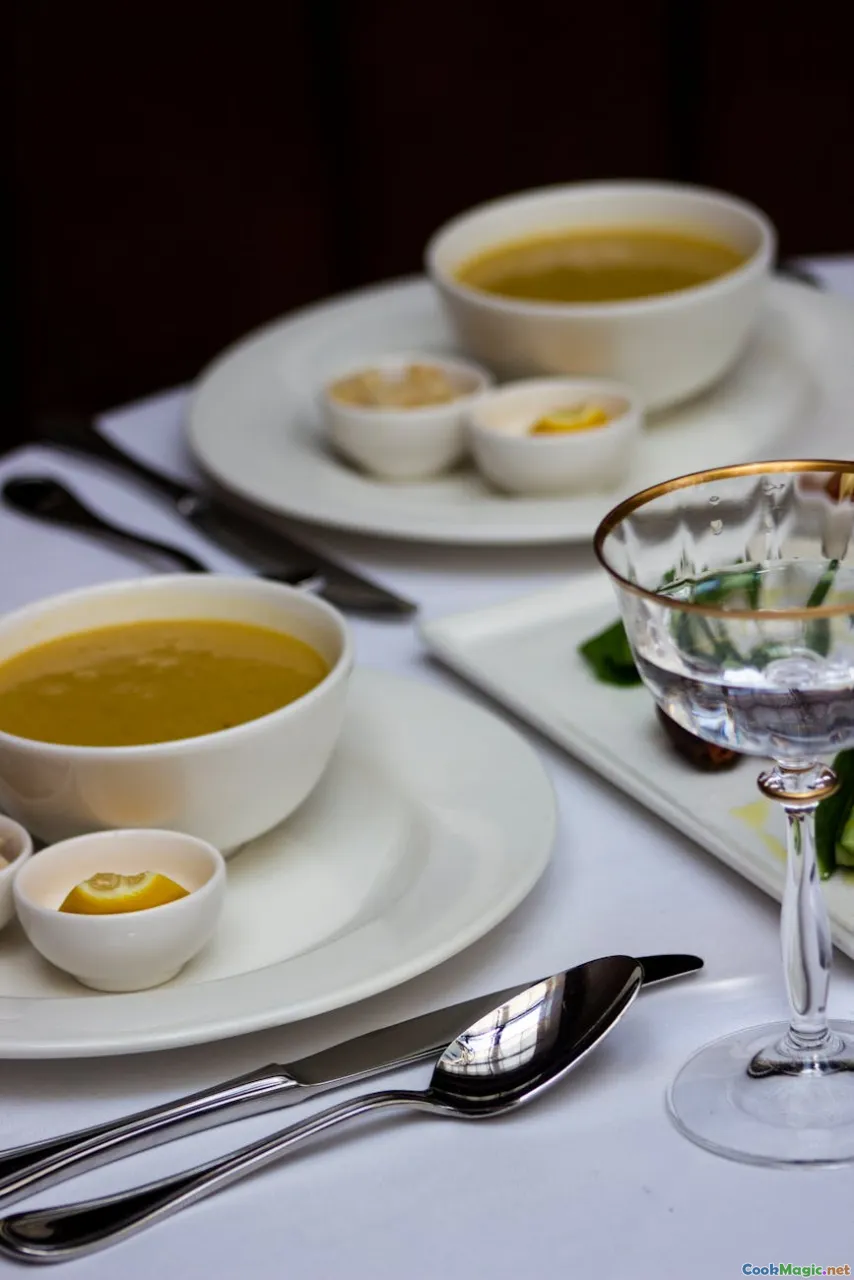
Hungarian mealtimes have a rhythm that feels orchestral. Soup is not optional; it cues the appetite and tethers family members to the table. Hideg meggyleves slips into this ritual with a wink. Grandparents call it leves and pass it as the first course. Children treat it as a pre-dessert, drawing cherry halves up in their spoons and tilting their heads to swallow them like candy marbles.
In restaurants, you’ll find it filed under “Levesek.” At home, it might appear after a quick cucumber salad and before rántott hús (breaded pork schnitzel) or paprikás csirke (paprika chicken) with nokedli. The progression works: the soup’s acid resets the palate after a morning coffee and pastry; the main course’s richness feels less heavy because of the bright prelude.
The debate—starter or dessert—is playful but reveals something central to Hungarian cooking. The kitchen valorizes taste over taxonomy. If the dish makes sense on the table where it lands—if it refreshes in summer and comforts in winter—it belongs. Meggyleves belongs.
A Memory from Újfehértó: Why It Matters Beyond Taste
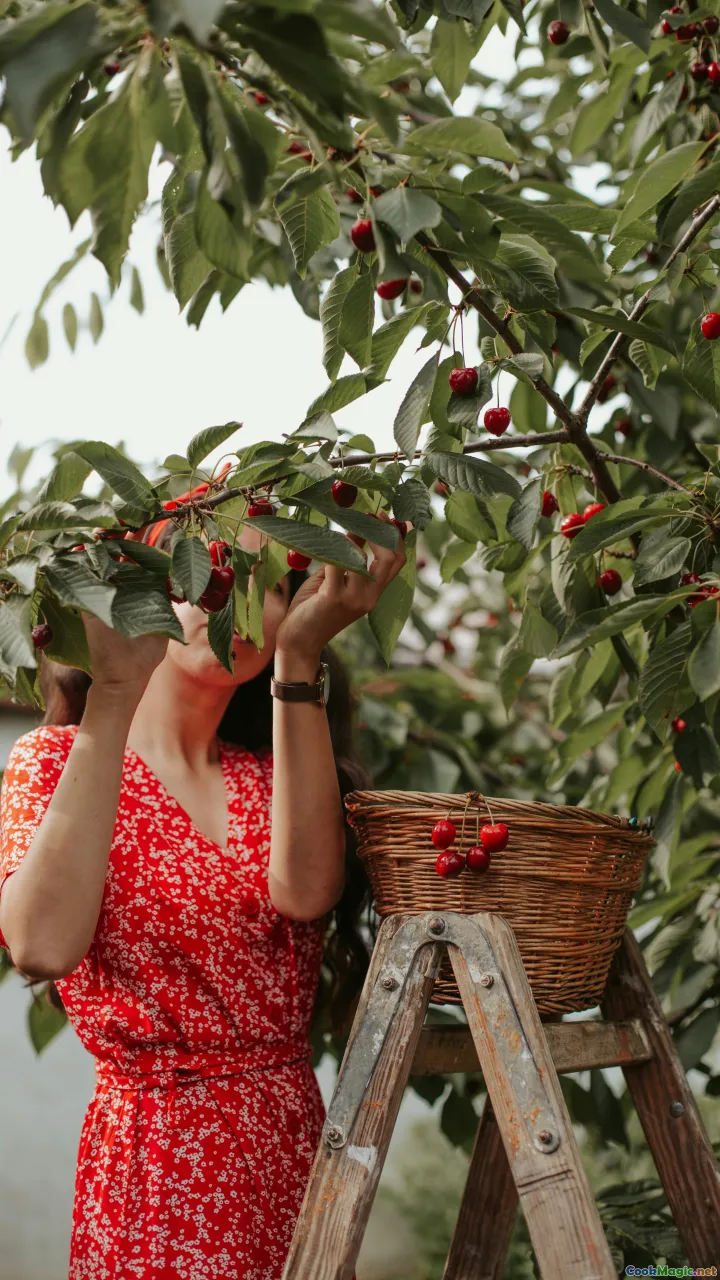
In Újfehértó, a grandmother taught me the gesture that unlocks cherry season. Bend your fingers like a comb, she said, and rake them gently down the branch until the cherries fall into your palm. The fruit’s weight tells you what to leave for later; a ready cherry feels heavy for its size, a small pendulum that has found its full swing. Later, in her kitchen, she cracked a handful of pits with a rolling pin and tied them in a scrap of lace that had once been the border of a pillowcase. It dangled on the pot’s rim like a talisman.
“Smell,” she ordered, and I put my face over the steam. Bitter almond, wet stone, clove. “That is the memory,” she said, “or else it is only sweet.” She believed the soup kept the orchard in it—as if the perfume of the pits was the wind through the trees, the lemon was the sun, and the cream the shade of the house. Food as a map. She served meggyleves before bowls of pork stew and pickled peppers, then wrapped the leftovers and sent me back to the train with a jar. The jar was still cold when the outskirts of Debrecen slid by in a blur of sunflowers.
Sibling Soups: How Hungary’s Cherry Soup Compares

Hungary isn’t the only place that chills fruit and calls it soup, but Hungarian sour cherry soup has a signature. Compare:
-
Poland’s zupa wiśniowa: Also a sour cherry soup, often served warm or cool, sometimes with noodles. It skews a touch sweeter and can wear cinnamon too, but the noodle addition shifts it toward a dessert-pasta hybrid. Hungarian meggyleves is rarely noodled; when dumplings appear, they’re small and sparse.
-
Scandinavian fruktsoppa: A winter fruit soup built from dried fruits, thickened and spiced, more pantry than orchard. It leans toward brown fruits—prunes, apricots—so it drinks like a compote. Meggyleves is summer in a bowl—fresh, tender, brightly acidic.
-
German Kirschkaltschale: A cold cherry soup that sometimes includes sweet cherries and wine, served as dessert. It hugs vanilla and is often strained smoother. Hungarian soups leave the fruit more intact and tug in the direction of savory with a salt pinch and clove.
-
Lithuanian šaltibarščiai: Not a fruit soup, but a chilled beet soup with kefir—another hot-weather solace in Eastern Europe. Like meggyleves, it ratifies the idea that cold soups are not a novelty, but a seasonal logic.
What makes meggyleves particularly Hungarian is its position on the menu and its cultural habit of moderation: balanced sweetness; airy but present spice; dairy in service of fruit, not the other way around.
Shopping and Substitutions: Cooking Meggyleves Abroad
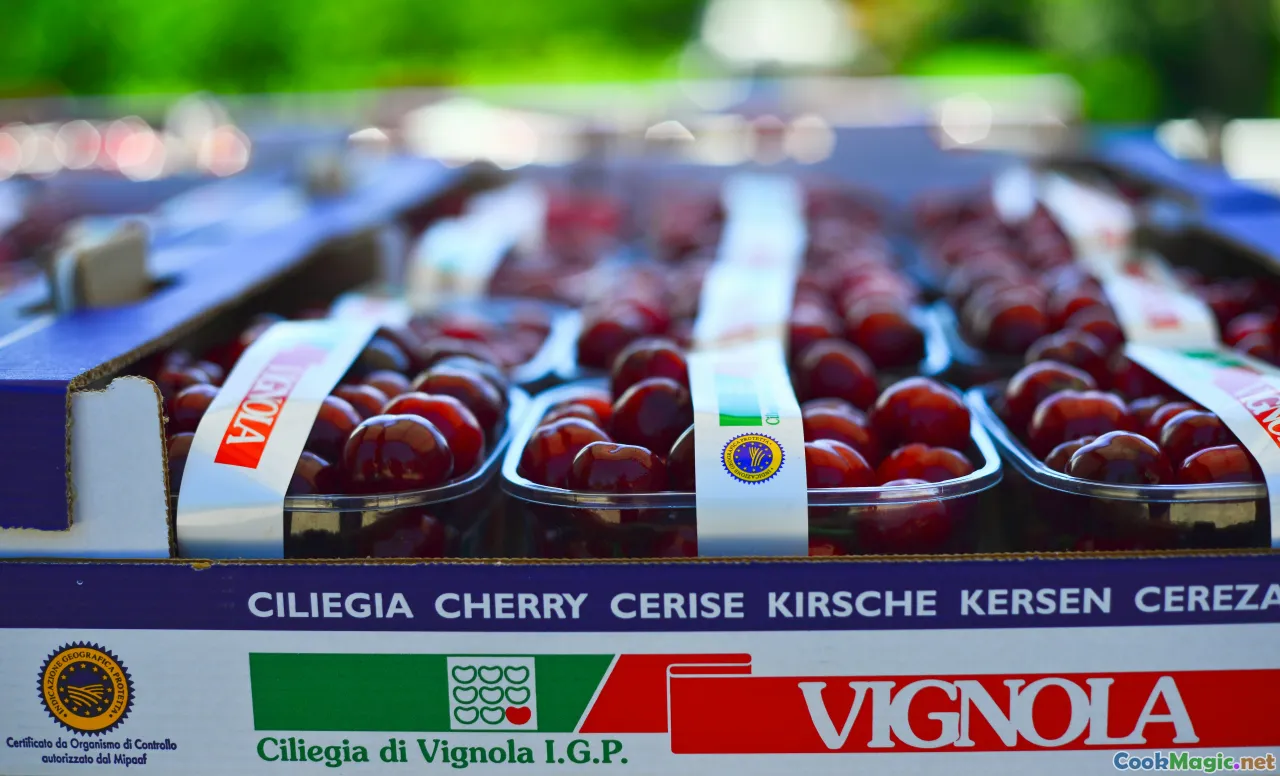
If you’re not in Hungary in June or July, you can still cook meggyleves with personality:
-
Best cherries: Seek out Morello cherries; Montmorency (ubiquitous in North America) is your friend. If fresh sour cherries are impossible to find, look for jarred sour cherries from Poland, Hungary, or Germany, packed in light syrup. Canned cherries work in a pinch, though they can be softer.
-
Sugar management: Jarred cherries arrive with syrup; start light on added sugar and add only as needed after chilling.
-
Sour cream stand-ins: True Hungarian tejföl is thicker and more tangy than many Western sour creams. If yours is thin, blend 2 parts sour cream with 1 part crème fraîche, or sieve your sour cream briefly to thicken.
-
Wine swaps: If you don’t want alcohol, use a splash of verjus or an extra teaspoon of lemon juice for lift.
-
Spice alternatives: If you dislike clove, skip it; the soup will be truer to fruit. Resist vanilla extract unless you use the sparing, perfumey touch of vanilla sugar. Almond extract can stand in for pit sachets, but use only the smallest drop.
-
Starch choices: Potato starch gives the best sheen; tapioca can string. If you avoid starch entirely, reduce the liquid slightly and trust the dairy to lend body.
Kitchen logistics
- Make it in the morning for lunch service; chilling improves clarity of flavor.
- Transport in a vacuum flask to picnics. Pack bowls and a ladle; serve under a tree and watch how fast it disappears.
Serving Ideas: Menus, Pairings, and Little Extras
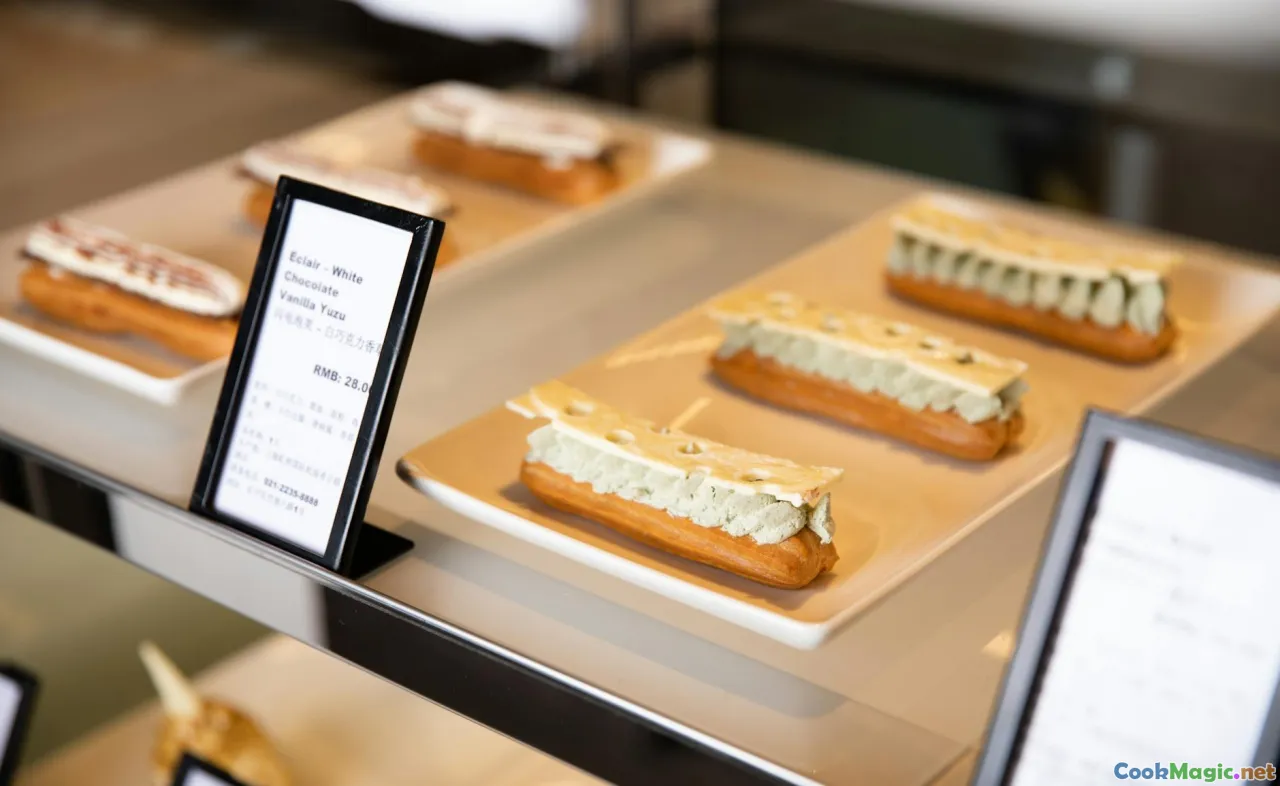
Hungarian menus that make meggyleves sing:
-
Summer Sunday
- Hideg meggyleves with whipped sour cream and lemon zest
- Paprikás csirke with nokedli
- Cucumber salad with dill and sour cream
- Apricot palacsinta (crepes) for dessert, if anyone still has room
-
Balaton Picnic
- Thermos of meggyleves and a stack of enamel cups
- Lángos wrapped in paper, with garlic and sour cream
- Sliced peppers and tomatoes with salt
- Chilled white wine (Olaszrizling or Irsai Olivér)
-
Urban Supper
- Tiny glass of clarified meggyleves as amuse-bouche
- Duck breast with cherry glaze and braised red cabbage
- Túró Rudi-style semifreddo with cherry swirls
Wine pairing
- Mezzanine acidity loves crisp whites: Olaszrizling, Furmint, even a Grüner Veltliner.
- If you must pour red, choose a youthful Kékfrankos with cherry-skin bite.
- Sweet pairings can cloy; keep it racy.
Garnish grammar
- A gentle whipped cream; never a mountain.
- Toasted almond slivers for aroma; pistachios are pretty, but almond coaxes the cherry pit perfume.
- Tiny mint leaves bruise easily; add at the table, not in the kitchen.
Why Sour Cherry Soup Matters Now

You could argue that all of this is nostalgia garnished with cream, and yes, memory does a lot of lifting. But meggyleves persists for reasons that go beyond comfort. It’s a dish built on the intelligence of seasons, the kind of intelligence that protects culinary identity in a global pantry. It asks you to wait for the right fruit, to coax it gently, to use a spice hand so light it’s almost invisible, and to trust that restraint is flavor.
It also reminds Hungary who it is at the table—a place where soup still opens the meal, where fruit shows up among savory courses without apology, where the word “homely” translates to something tender rather than plain. In a food world of maximalism, meggyleves is a lesson in editing. Everything you add has to earn its place. Everything you take away should leave the essence stronger.
There’s one more reason the soup matters now: it shows that the old techniques—preserving cherries in jars for January, stirring a pot slowly enough that the fruit doesn’t burst—belong in the future. They’re the same ideas behind modern cooking’s best instincts: respect for ingredients, attention to physics, an ear for balance.
Every time I make it, I remember that grandmother’s instruction to bend my fingers like a comb and rake. That gesture is the kitchen condensed: gentle, efficient, rooted. A bowl of hideg meggyleves is summer’s shorthand for all of it. It sits on the table, glossy and cold, and it smells like the orchard wearing a ribbon of cream. It asks you to taste, not just eat. And in Hungary, that difference is everything.









